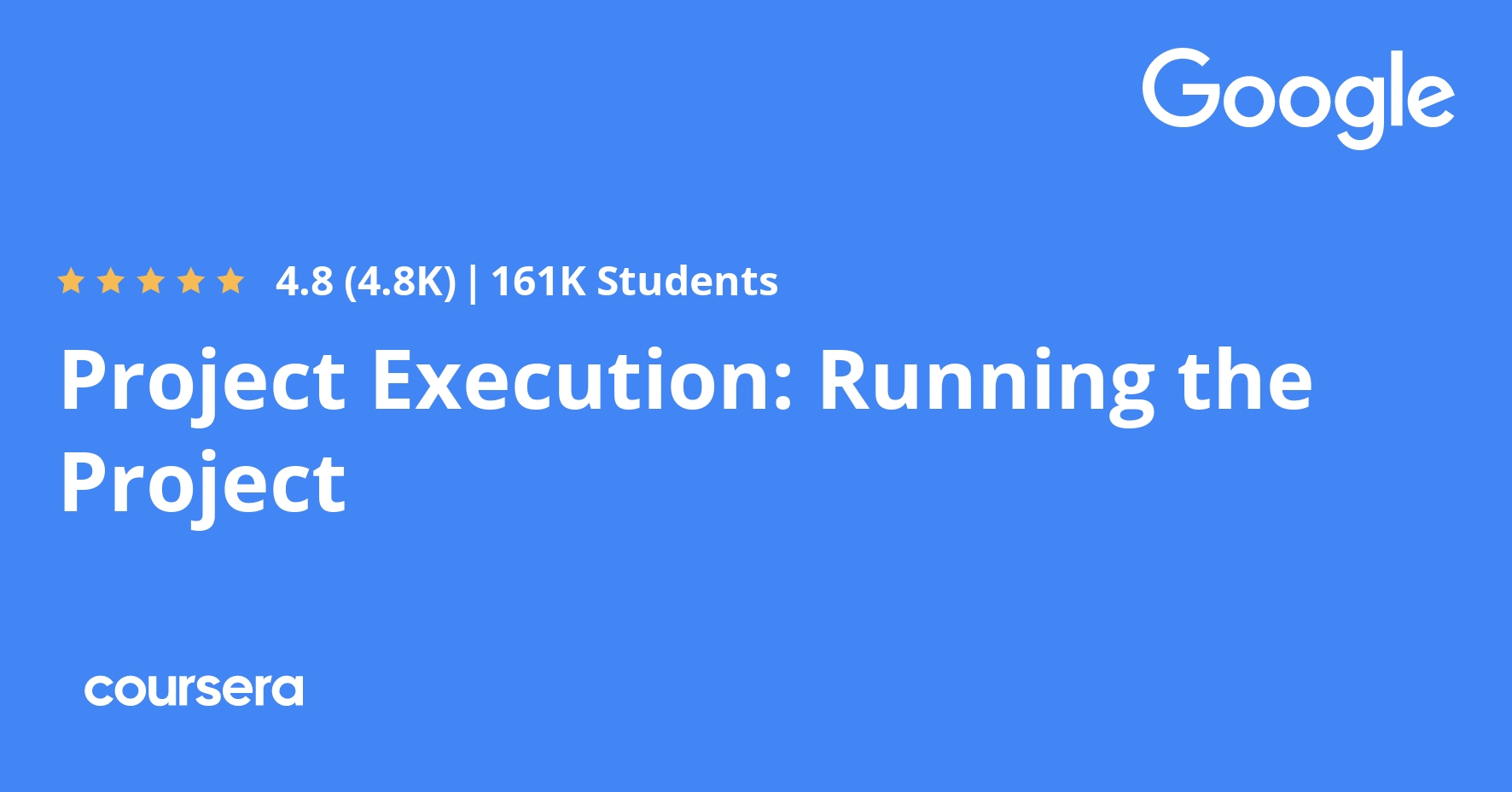Description
What is a musician’s response to the condition of the world? Do musicians have an obligation and an opportunity to serve the needs of the world with their musicianship?
At a time of crisis for the classical music profession, with a changing commercial landscape, a shrinking audience base, and a contraction in the number of professional orchestras, how does a young musician construct a career today? Are we looking at a dying art form or a moment of reinvigoration?
In this course we will develop a response to these questions, and we will explore the notion that the classical musician, the artist, is an important public figure with a critical role to play in society.
The course will include inquiry into a set of ideas in philosophy of aesthetics; a discussion about freedom, civil society, and ways that art can play a role in readying people for democracy; discussion on philosophy of education as it relates to the question of positive social change; and an exploration of musical and artistic initiatives that have been particularly focused on a positive social impact.
Guiding questions for this course inquiry will include:
– How can classical music effect social change?
– How has music made positive change in communities around the globe?
– What can the field of classical music learn from other movements for social change?
– How have educators and philosophers thought about the arts and their connection to daily contemporary life?
Each class will explore one critical question through lectures, discussions, interviews, or documentaries.
What you will learn
Welcome to Music and Social Action
Learn what this course is about, who’s teaching it, and other ways you can explore this topic. Meet and greet your peers as well!
What is Art and How Do We Experience It?
In this module, we will discuss philosophers John Dewey and Maxine Greene, and their respective views on the possibilities contained within aesthetic experiences. How can aesthetic experience meaningfully contribute to public life?
Democracy and the Arts, Part 1
How can artistic and aesthetic experiences make a more engaged public? Is there a connection between individual transformative experiences with art and any broader societal impact? What is the role of the artist in a democracy?
Democracy and the Arts, Part II
How have we conceived of the artist’s role in American society? What are examples of artists furthering civil society? How do we continually imagine fulfilling the promise of a democracy, embracing Maxine Greene’s notion that it is always unfinished?






